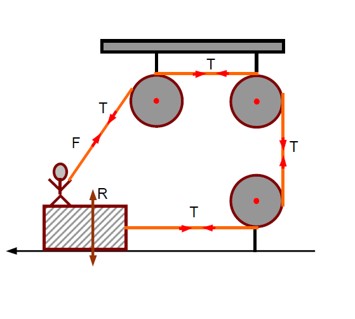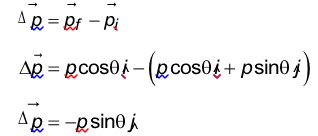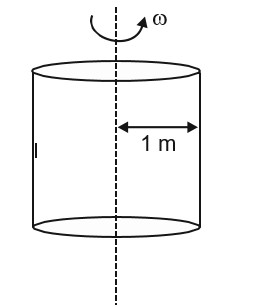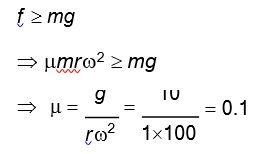A boy of mass 4 kg is standing on a piece of wood having mass 5 kg. If the coefficient of friction between the wood and the floor is 0.5, the maximum force that boy can exert on the rope so that the piece of wood does not move from its place is _____ N. (Round off to the Nearest Integer) [Take g = 10 ms?²]
A boy of mass 4 kg is standing on a piece of wood having mass 5 kg. If the coefficient of friction between the wood and the floor is 0.5, the maximum force that boy can exert on the rope so that the piece of wood does not move from its place is _____ N. (Round off to the Nearest Integer) [Take g = 10 ms?²]
-
1 Answer
-
Assuming the rope in the boy's hand is vertical and using a Free Body Diagram (FBD):
f? = T
R + T = 90 ⇒ R = 90 - T
For the piece of wood not to move, f? ≤ µR:
T ≤ 0.5 (90 - T) ⇒ T ≤ 30N
Similar Questions for you
T1 = m (g + a)
T2 = m (g - a)
Apparent weight = mg – ma
Taking an Exam? Selecting a College?
Get authentic answers from experts, students and alumni that you won't find anywhere else
Sign Up on ShikshaOn Shiksha, get access to
- 65k Colleges
- 1.2k Exams
- 679k Reviews
- 1800k Answers





